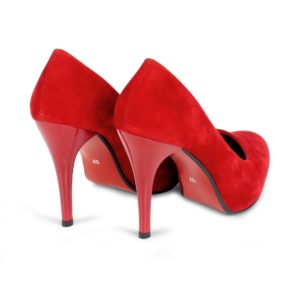While watching “What Not to Wear,” a reality TV show that helps women figure out how to dress more fashionably, the female host said that one contestant had the “boringest” wardrobe ever.
 My 15-year-old daughter asked, “Is that a real word?” My heart leapt with happiness. I lecture my kids endlessly about proper language. (If they say “me and my friends,” for example, I set off in a gentle discourse.) I explained that “boringest” is not the best usage. It would be better to say “most boring.” I told my daughter, effusively, how proud I was of her.
My 15-year-old daughter asked, “Is that a real word?” My heart leapt with happiness. I lecture my kids endlessly about proper language. (If they say “me and my friends,” for example, I set off in a gentle discourse.) I explained that “boringest” is not the best usage. It would be better to say “most boring.” I told my daughter, effusively, how proud I was of her.
“I wish I hadn’t said anything,” she replied with a frown. But that’s another story.
Boringest is clunky. It doesn’t show off the situation to its best advantage. It hangs up the ear just like black loafers on a lithe 34-year-old hangs up the eye. It’s not fatal, it just doesn’t work as well, or show off the person to her best advantage.
Imprecise wording also disrupts readers. Instead of flowing along in the direction you, the writer, want them to go, they get stuck on the sloppy usage, asking, for example, “Is that really a word?”
Good writers know which words to use in every situation – or they look it up or ask an expert. They know that writing is meant to convey ideas efficiently, and with precision.
If you would like help with your business writing, email me at Paul@paulsteinmetz.com